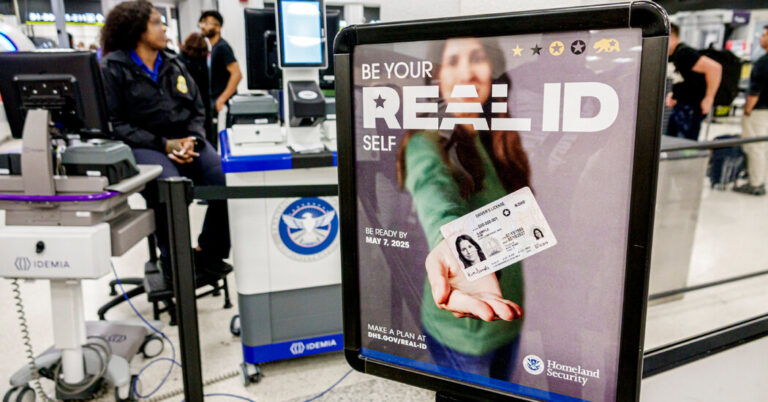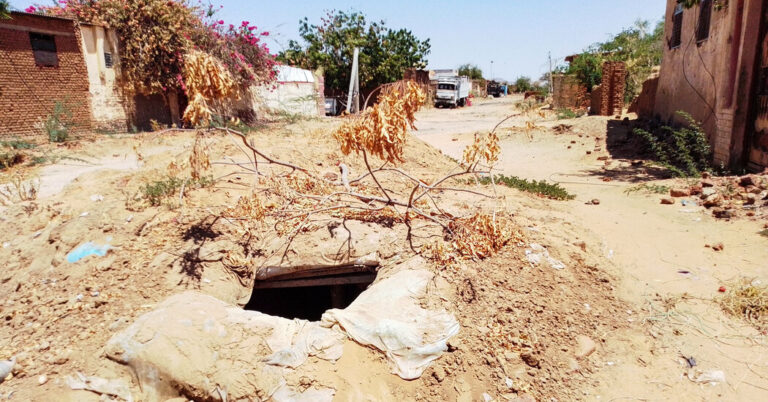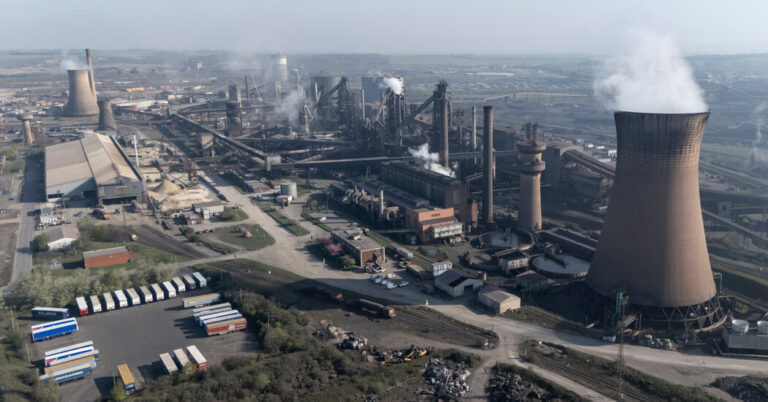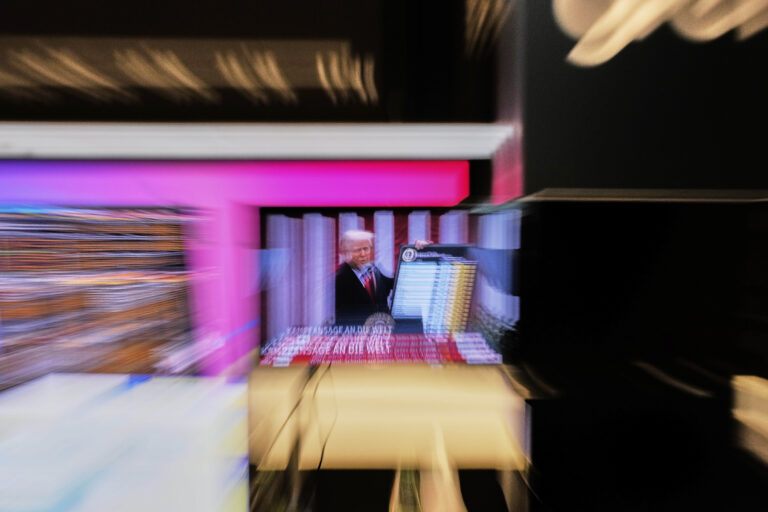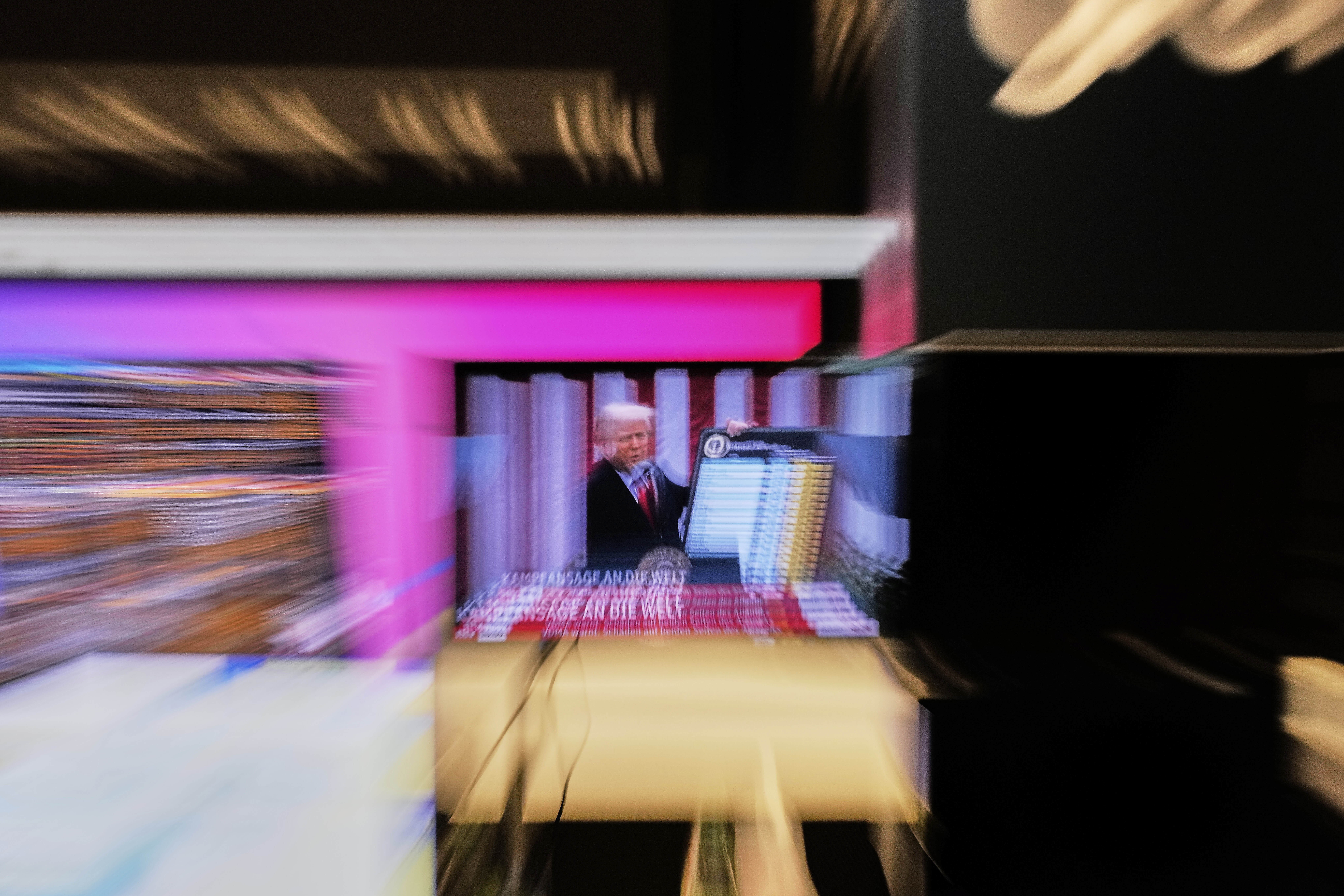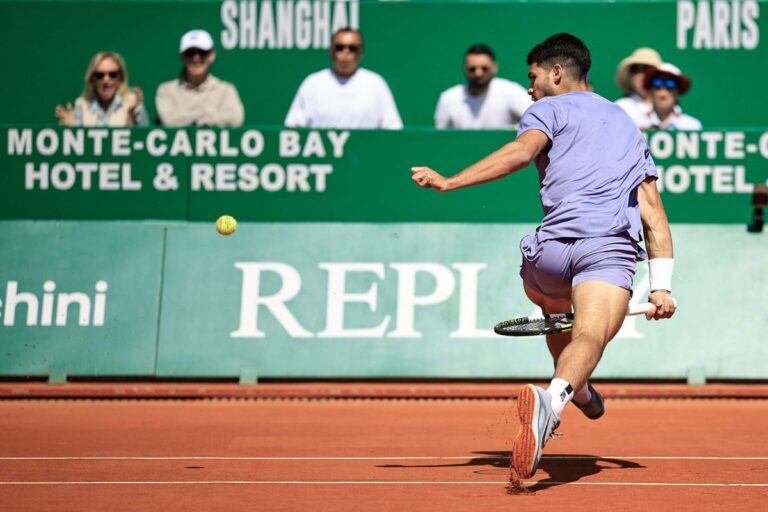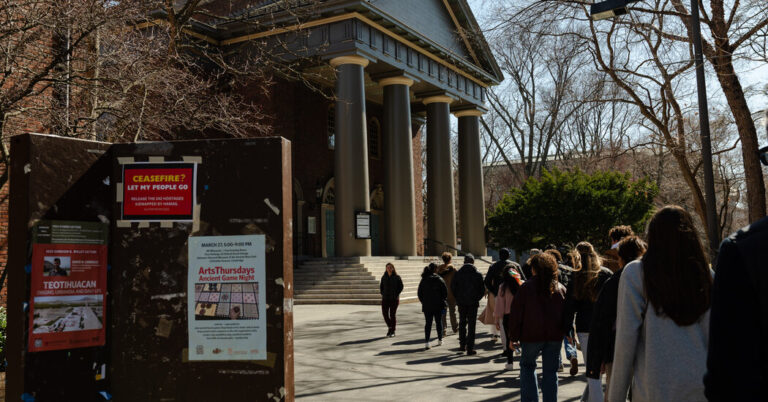In the 1970s, when the Upstate region of South Carolina was known as the textile capital of the world, Adolphus Jones would clock in for grueling summer shifts at one of the many mills in Union, his hometown.
Trains roared around him, transporting materials around the country. Chimney stacks on the red brick mills stretched dozens of feet high, like flag poles. This was textile country, and the cities of Union, Spartanburg and Greenville were at the heart of it.
By the end of the 1990s, automation and cheaper labor overseas took the industry away from the state. Union’s economy cratered, as did most of the region’s. But leaving Sunday church service on a recent afternoon, Mr. Jones, now 71 and retired, scoffed at President Trump’s vision of an American manufacturing revival through tariffs. The mill work had paid little, Mr. Jones recalled, and upward mobility was nonexistent.
“The textile industry is dead,” he said, buttoning his wool suit made in Italy. “Why would you want to bring it back here? Truthfully, why would the younger generation want to work there?”
Since taking office, Mr. Trump has imposed and suspended tariffs on imports at breakneck speed, with the goal of forcing companies to bring manufacturing back to the United States.
This week, he abruptly paused reciprocal tariffs for the next three months on some of America’s largest trading partners, dropping levels to a universal 10 percent, while exponentially raising tariffs on Chinese exports (though on Friday night he appeared to exempt many electronics like smartphones from most of those punishing tariffs on China).
But Mr. Trump’s goals have clashed with the current economic reality in places like Spartanburg and Greenville, S.C., heavily Republican areas where foreign companies have turned the onetime textile hubs into wealthy, industrial heavyweights. Should those levies go back into effect, locals worry that they will threaten the very businesses that saved the region, home to some 1.5 million residents, all to revive a bygone industry that few people miss.
Many retirees still remember what it was like to work in the textile mills. It had a negative connotation, said Rosemary Rice, 70, with some workers derogatively called “lint heads” because they would come home covered in cotton shreds. Many developed “brown lung disease,” or byssinosis, a respiratory condition caused by ingesting dust particles from fabric materials.
“I wouldn’t want my son working there,” said Ms. Rice, who lives in Union.
Today, companies like BMW and Michelin — from Germany and France — are the economic engines of the region. Since BMW opened its plant in Spartanburg County in the early ’90s, it has invested more than $14.8 billion into its South Carolina operations. The plant has more than 11,000 jobs, its largest single production facility in the world, according to the company. And it is the country’s largest car exporter by value, with $10 billion in shipments last year.
So the local business community was stunned when the White House’s top trade adviser, Peter Navarro, attacked BMW’s manufacturing process in an interview this week. He told CNBC on Monday that “this business model where BMW and Mercedes come into Spartanburg, S.C., and have us assemble German engines and Austrian transmissions — that doesn’t work for America. It’s bad for our economics. It’s bad for our national security.”
“There was widespread bewilderment in our community about that,” said Carlos Phillips, the president and chief executive of the Greenville Chamber of Commerce.
In response to Mr. Navarro’s comments, South Carolina’s governor, Henry McMaster, told reporters this week that ever since BMW arrived in the state with well-paying jobs, other companies had followed suit and “sent the word out around the world that this is a great manufacturing state.”
“They’ve done a lot of good for South Carolina,” Mr. McMaster, a Republican, said of BMW. Still, the governor has spoken positively about Mr. Trump’s tariffs, saying that he agreed with the president’s goal to make the United States more self-sufficient.
Business leaders have attributed the region’s success partly to South Carolina’s staunchly anti-union stance, and its legacy of a work force familiar with manufacturing. Last year, the governor drew the ire of labor organizers when he criticized unions in his State of the State address, saying, “We’ve gotten where we are without them.”
Now, leaders say that waging a trade war could undermine future recruitment of international investments and risk losing the jobs that are already in the region.
If tariffs raise prices on products and BMW’s sales drastically drop, they said, there’s a higher chance of layoffs at the Spartanburg plant. And it is difficult to imagine how cheap fabric or yarn manufacturing, the kind made in factories in Vietnam, Cambodia and China, could meaningfully fill the gaps, they added.
John Lummus, the president of Upstate SC Alliance, an economic development group, said that the region’s standard of living “has gone up so much more, that unless those companies are much more niche we’re not going to see companies come back and making T-shirts.”
In 1970, when there were dozens of textile manufacturers in Spartanburg, Mr. Lummus said, the per capita personal income in Spartanburg was about $3,250 — about $25,000 today, after adjusting for inflation. Today, he said, it is about $56,000.
David Britt, vice chair of the Spartanburg County Council and a Republican who has helped recruit businesses to the county since the ’90s, including BMW, put the prospect of a textile revival more bluntly: “It will never come back.”
Remnants of the old world are still visible: In Greenville, Judson Mill was turned into an 800,000-square-foot complex with apartments and retail space. It has an ax-throwing venue and an indoor playground for families. In Spartanburg, Beaumont Mill was transformed into offices for the Spartanburg Regional Healthcare System.
Union, which has about 8,000 residents and is about an hour drive from Spartanburg and Greenville, has not fared nearly as well. The sprawling Monarch Mill sits abandoned and for sale near downtown. Weeds have grown and crawled across the building. Less than a mile away is a faded, cracked mural depicting a train with smiling mill workers riding it.
Harold E. Thompson, the mayor of Union, said that when the mills completely left in the ’90s, the unemployment rate rose to about 22 percent. Many residents went to work in other towns, including Spartanburg, where the BMW plant was just opening. Others in the twilight of their lives tried to get by on unemployment benefits.
“It clawed out a big notch in our economy, and it took us awhile to get it back,” Mr. Thompson said.
In recent years, Union County has successfully recruited renewable power companies, bioscience and medical employers, and a Dollar General distribution center that employs nearly a thousand people. The mayor said he was interested in recruiting more well-paying jobs in an effort to curb its 26 percent poverty rate.
The textile industry continues to have a minor footprint in the region, but those companies now mostly focus on specialized products, such as fire-retardant or “Sunbrella” fabrics.
Chris Cole, a professor emerita of materials science and engineering at Clemson University, says manufacturing has evolved to the point where it may not even be called textiles. Arthrex Manufacturing in Pendleton, S.C., for example, makes surgical sutures, or threads that surgeons use for stitches, but they are not considered a textile company because the end product is medical, Ms. Cole said.
Some residents do welcome the possible return of a textile industry, but one that is more modern and high-tech.
“With the automation now and better working conditions, I think it would really be attractive to a lot of kids coming out of school who don’t want to go to college,” said Don Harkins, the chairman of the Greenville Textile Heritage Society.
Leroy Spencer, a retiree in Union whose sister used to work in a mill decades ago, said that “if Trump can bring that back, it would be amazing, and I think the economy would pick up around here and get better.”
But building those mills would still require bringing in materials from overseas, which, if Mr. Trump’s aims are realized, would be subject to tariffs and more expensive. “It’s very convoluted,” Ms. Cole said.
For Mr. Jones, who before retiring went on to work at Spartanburg Community College teaching job placement and helping people find work, the whole tariff back and forth has been baffling.
When he worked in a plant decades ago, he made tassels for graduation caps. Now, he says, more of Union’s next generation should be wearing those caps — not making them.
“Why would we want to go back?” he asked.
Audio produced by Adrienne Hurst.



